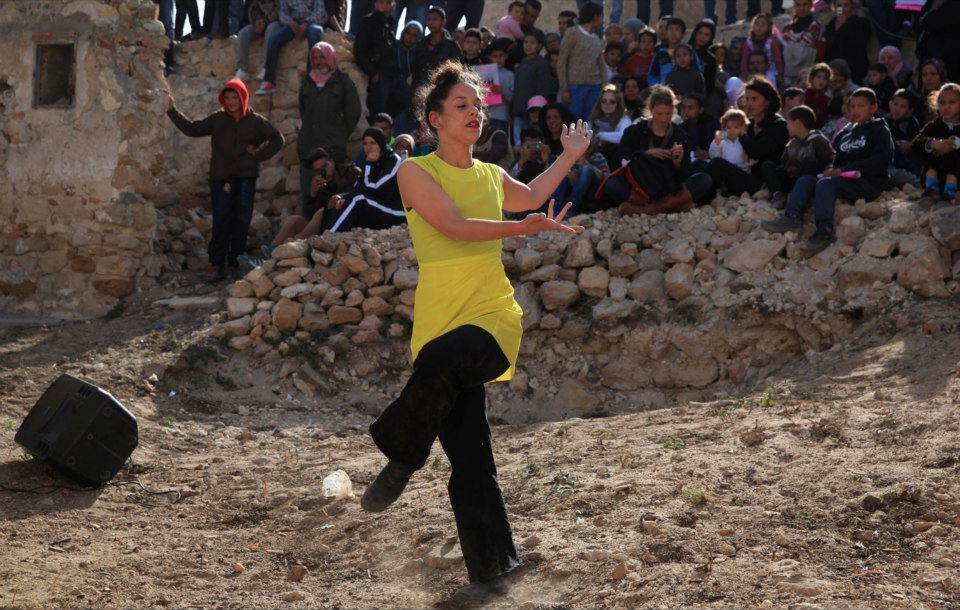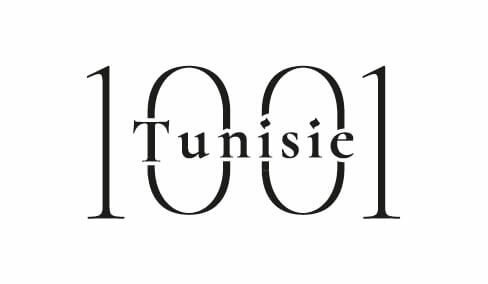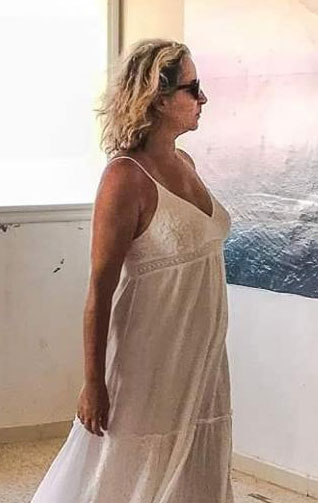
The villagers of Takrouna are reputed to be fierce and hostile to change. Aida Gmach who plays the cultural café The “Blue Rock” has paid the price for a few years remembers: “They were refractory to all. Today we have learned to live together. This event is a total success. People were happy. An excellent 24 hours. What’s more, a total success and a crazy world … except that it is repeated!
Takrouna is part of the fortified villages trio in the region. Legend has it that three brothers from Morocco, made their three rocky peaks and are each founded a village. Indeed, “Zriba”, “Takrouna” and “Jeradou” have a singular family resemblance architecture and common traditions bind these three villages. Overlooking the plain, they ensure the triangle between “Zaghouan”, “Bouficha” and “Enfidha”.
Their defensive role is undoubted especially as this area is a gateway to easy to cross territory for which comes from the sea and looking to go inland. Many lend themselves to these common origins the agreement that bound “Zriba”, “Takrouna” and “Jeradou” in their defensive tactics but also in their traditional production of green soap and alfa objects.
Atop a rocky outcrop above Enfidha, Takrouna scans the horizon like an eagle. To reach the top of the village, 200 meters above sea level, it begins a journey of initiation that crosses 4 natural levels occupied by houses. Berber village originally was home to Moorish families fleeing Spain such as Gmach (Gomez), originally from Andalusia region of Benaladid “Your kurunna”.
Aida Gmach, one of the descendants of this line on the eve Takrouna memory. This visual artist created the “Blue Rock”, a stop at the top of the village that combines relaxation and culture. If one is captivated by the landscape of sight that dominates the village, it is moved by the eco museum has created Aida, with the support of the great painter Aly Bellagha, in a part of the family house.
The eco museum presents objects of everyday life and paints a picture of these men and women who have been constantly growing an essential good, the earth. Reading their customs, through the object reflects the humility of these villagers to the tormented origins. Preserving this heritage is also cultivate the memory of places but it’s also a tribute to the men who made Takrouna, including Tahar Guiga. The name of “Blue Rock” is taken from the work of this great writer, a native of the village.
Today the village has relived the event of “Hill hill.” Bravo to the organizers. Strongly that this event is multiplied. He put the fair and positive attitude it takes on a dormant heritage . He blackmails the earth, dancing hearts and wriggle dreams of a better tomorrow.
Amel Djait
Photo Credit : Goethe-Institut et le photographe Mejdi Bekri/ www.goethe.de.
{mainvote}


 َAbonnez-vous
َAbonnez-vous

